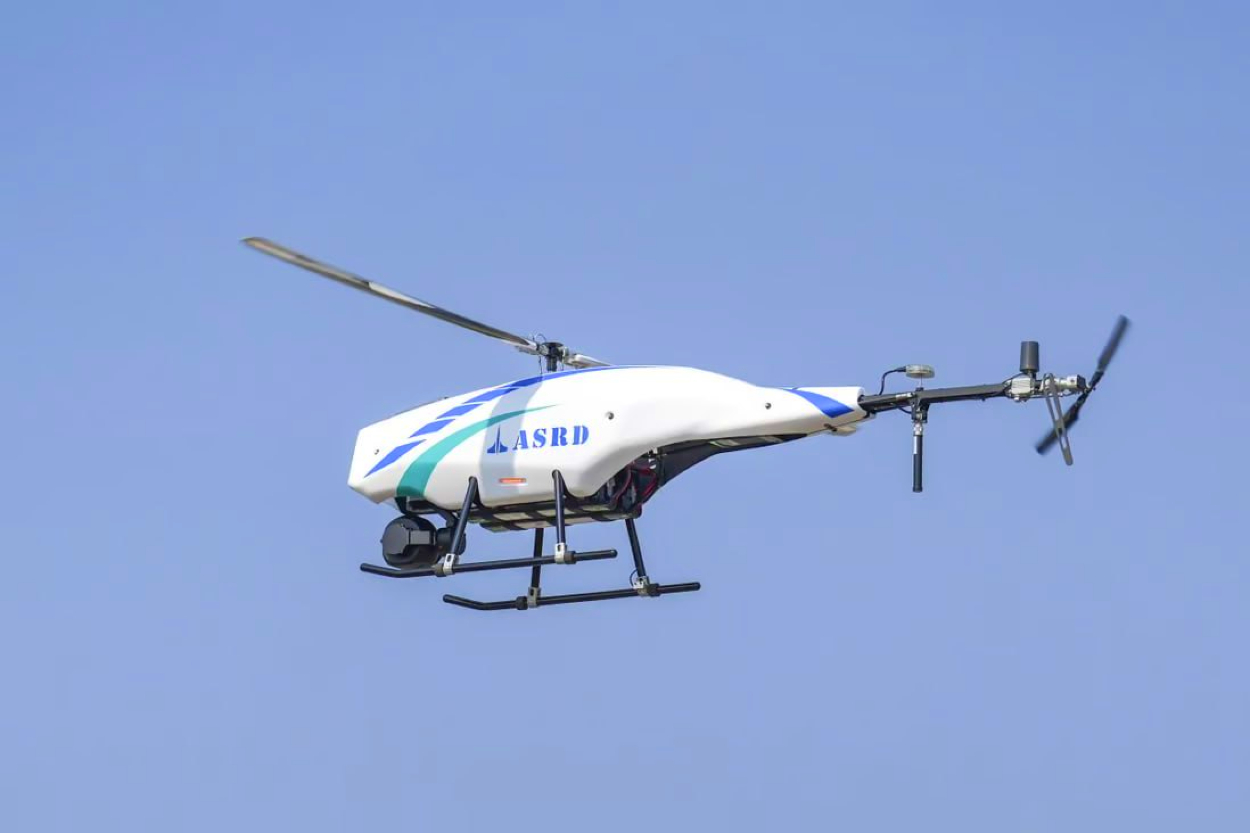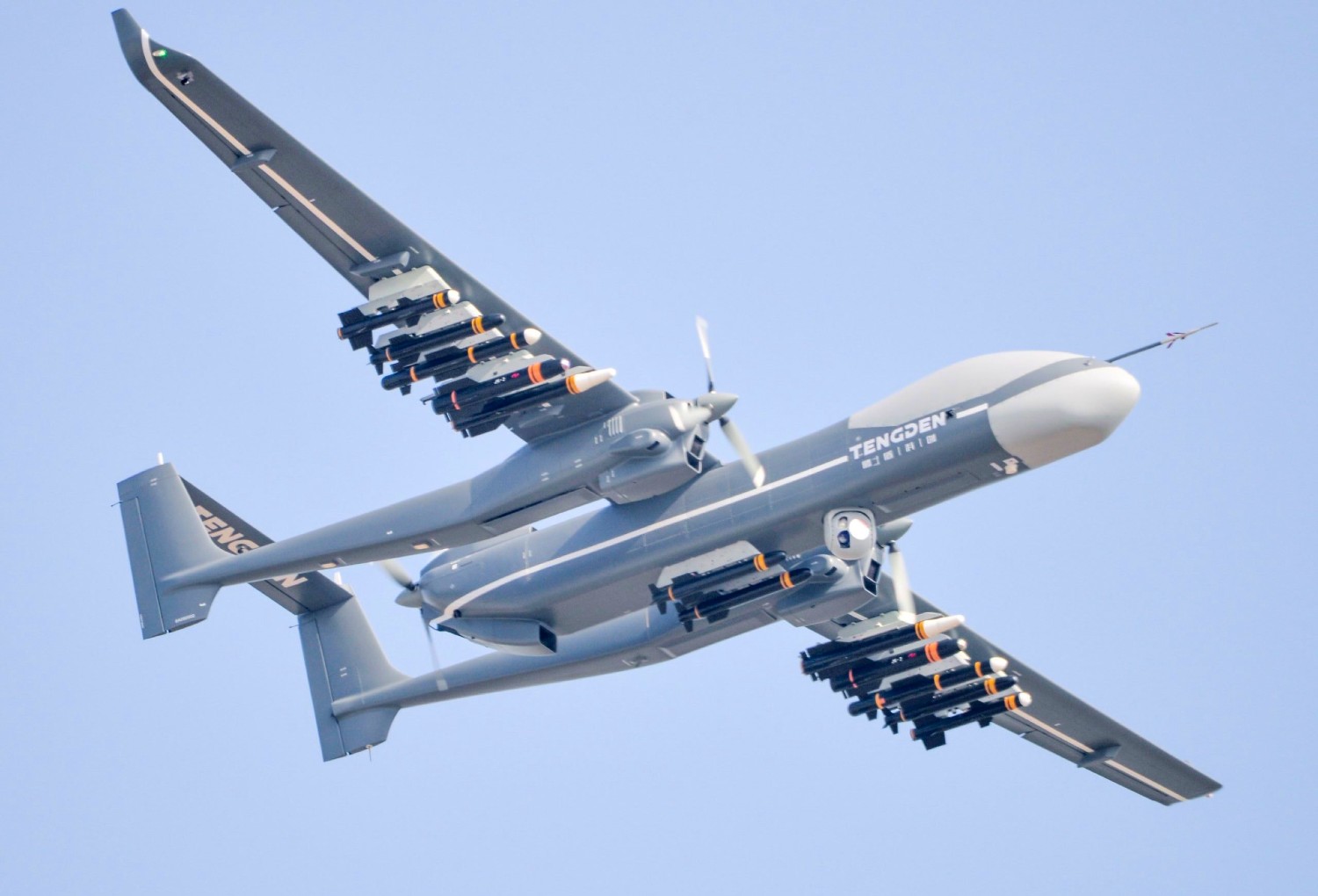Staring into the face of Asian giant China, Taiwan has been keenly observing the Ukraine-Russia war, which is nothing short of a David vs. Goliath story. The small democratic island of Taiwan has concluded that drones are the answer to offset the advantage of its neighboring autocratic superpower.
At Par With HIMARS! Why Indian Pinaka MBRLS For Armenia Is Giving Sleepless Nights To Azerbaijan
However, the hitch is that the island lags behind China in drone technology.
Months after Russia invaded Ukraine, the Taiwanese administrator huddled together to understand how a less powerful country managed to bleed the Kremlin and hold the Russian forces out for so long. This resulted in a 77-page internal report to President Tsai Ing-wen. The report had one answer to the question – drones.
Taking a cue from porcupines, the country aims to be able to deploy a large number of small and lethal weapon systems during a face-off with China. The strategy calls against big and expensive weapon systems.
“Since the war began, Ukraine, which was previously considered lacking air supremacy, cleverly used drones to create its partial air supremacy,” Reuters quoted the presentation. The report gave a damning assessment of Taiwan’s drone capabilities in the face of China aggressively arming itself with aerial drones.
The Chinese drone fleet vastly outnumbers Taiwan’s fleet. Taiwan currently has four drone types at its disposal and a fleet size of just hundreds, the report quotes two Taiwanese officials knowing about it.
Across the Taiwan Strait is China, a leading combat drone exporter in the defense market. The People’s Liberation Army has 50 different types of drones in its fleet. The defense experts estimate the number to be in the tens of thousands.
In the world, China boasts the most extensive and diverse range of drone systems: stealth, non-stealth, jet-powered, and propeller-driven. The country is preparing for a Taiwan conflict and the ensuing possibility of the United States military intervention.
The Chinese technology ranges from a truck-launched swarm of drones to a ‘Monster Drone’ Tengoen TB-001 drone. The idea of a drone swarm is to overwhelm the adversary by using many drones deployed at regular intervals to share information, carry out attacks, and overwhelm the enemy in general.
In addition to ground vehicles and helicopters, drone swarms can be launched from warships like amphibious landing ships and warplanes like bombers. The TB-001 is a Medium Altitude Long-Endurance (MALE) drone with three engines, first unveiled in September 2017 and has been in service with the PLA since 2021.
A swarm of small explosive-laden drones could present a massive threat across an entire battlefield area, and media reports suggest that China has been aggressively developing the capability.
The technology has become more desirable for future potential combatants after the successful use of kamikaze drones and loitering munitions in the ongoing Russia-Ukraine war.
Taiwan Pushing The Panic Button
The revelation has spurred the Taiwanese government into action. It is coming up with a strategy to close the gap. A significant part of it is to rope in private drone makers and aviation and aerospace firms to collaborate with the Taiwan military and to fast-track the building of a self-sufficient drone supply chain.
The Taiwanese government plans to build more than 3,200 military drones by mid-2024. The fleet will include mini-drones weighing less than two kilograms and larger surveillance craft with a range of 150 kilometers.
“To accelerate production, the government is, for the first time enlisting private companies in the research and development phase of a weapons program. At least nine private firms have joined the effort,” the Reuters report said.
One such company is Thunder Tiger Group, which was recruited by the defense ministry to modify commercial drones for military use. The company is known for radio-controlled model aircraft for leisure and commercial use.

The report quoted the head of Thunder Tiger’s R&D department, Hawk Yang saying that the firm is now developing drones for Taiwan’s military, including uncrewed ship or land-based surveillance rotary wing aircraft with a range of 400 kilometers and endurance of six hours.
“One small drone could blow up a tank worth tens of millions,” Hawk said, emphasizing the rise of asymmetrical warfare, with cheap technology offsetting the advantage of expensive and big systems.
The Russia-Ukraine war has given hope to Taiwan. The President’s office was quoted in the report as saying: “In Russia’s invasion of Ukraine, the entire world saw the importance of drones. Drones will play a vital role in civilian and military applications for future generations. For a country with advanced industries, Taiwan cannot be absent.”

Porcupine Strategy
Besides assessing the drone industry, the report also tried to identify the sourcing of industrial materials and types of drones required by Taiwan suitable for its military objectives. By mid-2024, the country aims to have 3,200 drones.
The study advises Taiwan to aim to become a major exporter of drone components and technology; and avoid relying on a “red supply chain” where components are sourced from China.
The strategy calls for turning the island into a ‘porcupine,’ whereby in the event of a conflict, Taiwan could rustle up large numbers of smaller but agile and lethal weapon systems to deter China.
China’s Twin-Tailed Scorpion Ready To Sting Taiwan
Drones are becoming essential in gray-zone warfare to intimidate the island and wear its defenses down. In April, the defense ministry in Taipei tracked the Chinese TB-001 Twin-Tailed Scorpion as it completed the first known “encirclement” by drone in Taiwan.
“China is intimidating Taiwan verbally and militarily,” Tsai’s office said in its statement. “The more provocative the enemy, the calmer we need to be. We won’t give the other side any inappropriate excuse to trigger a conflict.” Taiwan, it added, would “take necessary and forceful action” to defend its airspace.
Taiwan got a wake-up call about this capability gap in August 2022 when Kinmen Island, controlled by Taiwan and just two kilometers away from the Chinese coastline, was buzzed by Chinese civilian drones.
An Indian military expert speaking on condition of anonymity told the EurAsian Times that Taiwan needs to learn from Russia and not Ukraine on the use of drones. I think one drone that has changed the dynamics of Ukraine-Russia is the Iranian, cheap & powerful, Shahed-136 kamikaze UAV.
- Ritu Sharma has been a journalist for over a decade, writing on defense, foreign affairs, and nuclear technology.
- She can be reached at ritu.sharma (at) mail.com




